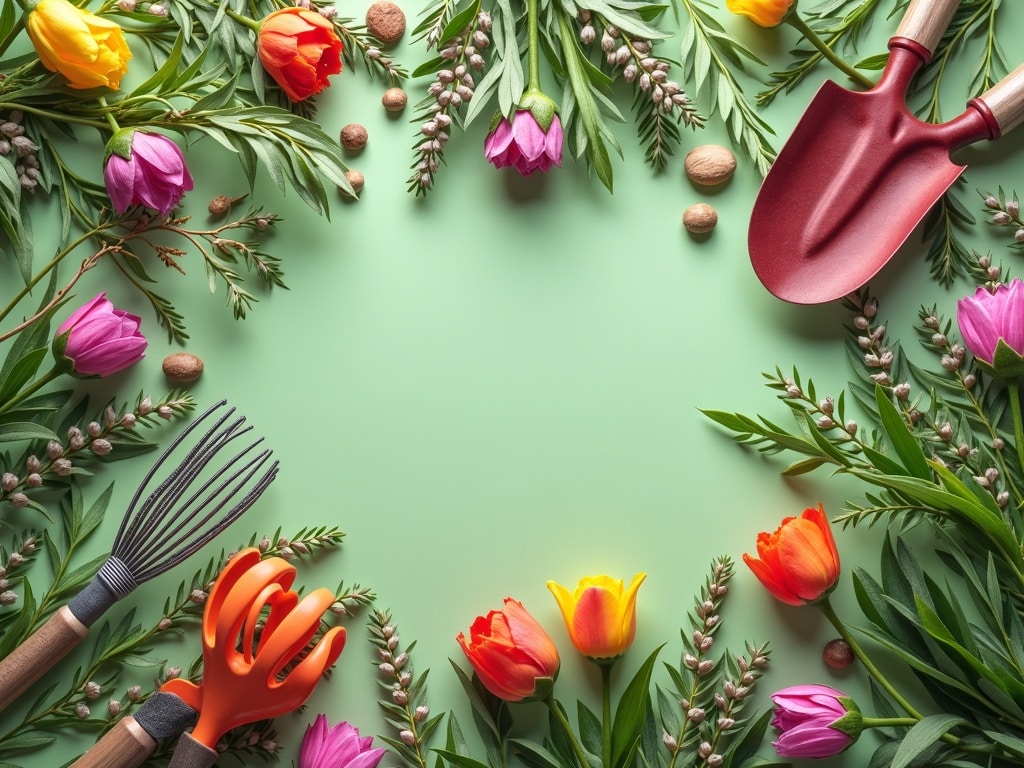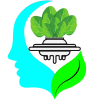Essential Gardening Supplies List: What You Need to Grow Like a Pro
Imagine the satisfaction of biting into a juicy, sun-ripened tomato you nurtured from a tiny seed, or the joy of arranging a vibrant bouquet of flowers you grew yourself. Gardening, whether on a sprawling estate or a humble balcony, is a deeply rewarding experience. But before you can get your hands dirty and watch your green dreams blossom, you need the right tools and supplies. This comprehensive guide provides the essential gardening supplies list to get you started, ensuring you’re well-equipped to create the garden of your dreams.
Tools of the Trade: Hand Tools for Every Gardener
Every gardener, from the novice to the seasoned pro, needs a core set of hand tools. These are your extensions, enabling you to dig, plant, prune, and cultivate with precision and ease. Investing in quality tools will save you time, effort, and frustration in the long run.
The Indispensable Trowel
The trowel is arguably the most essential hand tool in any gardener’s arsenal. This small, hand-held tool is perfect for digging small holes for planting seedlings, transplanting flowers, and weeding. Look for a trowel with a sturdy, rust-resistant blade and a comfortable handle. Stainless steel trowels are a worthwhile investment, as they are durable and easy to clean.
Hand Rakes and Cultivators
A hand rake, sometimes called a garden rake, is ideal for smoothing soil, removing debris, and preparing seedbeds. A cultivator, with its tines, is perfect for loosening soil, aerating around plants, and working in fertilizer. These tools help to create a healthy environment for your plants to thrive.
Pruning Shears: Keeping Things Trim
Pruning shears, also known as secateurs, are essential for trimming and shaping plants, removing dead or diseased branches, and harvesting flowers and vegetables. There are two main types: bypass pruners, which make clean cuts like scissors, and anvil pruners, which crush stems. Bypass pruners are generally preferred for most gardening tasks as they cause less damage to the plant.
The Trusty Garden Fork
For turning soil, mixing compost, and breaking up clumps, a garden fork is indispensable. Choose a fork with strong tines made of steel or a similarly durable material. A comfortable handle is crucial, especially for larger gardening tasks.
Hand Gloves: Protecting Your Hands
Gardening can be tough on your hands, so a good pair of gardening gloves is crucial. Look for gloves that are durable, breathable, and provide a good grip. Consider different types of gloves for different tasks. For example, thicker gloves for heavy-duty work like moving rocks or dealing with thorny plants, and thinner, more flexible gloves for delicate tasks like planting seeds.
Soil, Seeds, and Amendments: The Foundation of Your Garden
Healthy soil is the foundation of any successful garden. Understanding the composition of your soil and how to amend it is crucial for providing your plants with the nutrients they need to flourish. And, of course, you can’t have a garden without seeds or seedlings!
Understanding Your Soil
Before you start planting, it’s important to understand the type of soil you have. Is it sandy, silty, clay, or loamy? You can perform a simple soil test yourself, or send a sample to a lab for more detailed analysis. This will help you determine what amendments your soil needs.
Compost and Soil Amendments: Feeding Your Plants
Compost is decomposed organic matter that enriches the soil with nutrients and improves its structure. It’s an invaluable amendment for any garden. Other soil amendments include well-rotted manure, peat moss, and vermiculite. These amendments can improve drainage, water retention, and nutrient availability.
Potting Mix: Perfect for Containers
If you’re gardening in containers, you’ll need a good quality potting mix. Potting mix is a sterile, soilless medium that is designed to provide excellent drainage and aeration for container plants. Avoid using garden soil in containers, as it can compact and become waterlogged. Look for a potting mix that is specifically formulated for the type of plants you are growing.
Seeds and Seedlings: Starting Your Garden
Choosing the right seeds or seedlings is crucial for a successful garden. Consider your local climate, the amount of sunlight your garden receives, and your personal preferences when selecting plants. Start seeds indoors several weeks before the last frost to get a head start on the growing season. Or, purchase seedlings from a local nursery for a quicker and easier start.
Mulch: A Gardener’s Best Friend
Mulch is a layer of organic material, such as wood chips, straw, or shredded leaves, that is spread over the soil surface around plants. Mulch helps to suppress weeds, retain moisture, regulate soil temperature, and prevent soil erosion. It also adds organic matter to the soil as it decomposes.

Watering and Irrigation: Keeping Your Plants Hydrated
Water is essential for plant growth, but overwatering or underwatering can be detrimental. Understanding your plants’ watering needs and choosing the right watering tools is crucial for maintaining a healthy garden.
Watering Can: The Classic Choice
A watering can is a simple and effective way to water plants, especially those in containers or small gardens. Choose a watering can with a long spout and a rose head for gentle watering.
Garden Hose and Sprinkler
For larger gardens, a garden hose is essential. Look for a hose that is durable, kink-resistant, and long enough to reach all areas of your garden. A sprinkler can be attached to the end of the hose for even watering.
Soaker Hoses and Drip Irrigation
Soaker hoses and drip irrigation systems are efficient and water-saving ways to water your garden. These systems deliver water directly to the roots of plants, minimizing water loss through evaporation. They are particularly useful for vegetable gardens and raised beds.
Moisture Meter: Knowing When to Water
A moisture meter is a helpful tool for determining when your plants need water. Simply insert the probe into the soil and the meter will tell you the moisture level. This can help you avoid overwatering or underwatering.
Pest and Disease Control: Protecting Your Plants
Pests and diseases can wreak havoc on a garden, so it’s important to be prepared to deal with them. Integrated pest management (IPM) is a holistic approach to pest and disease control that emphasizes prevention and uses chemical controls only as a last resort.
Organic Pest Control: Natural Solutions
Many organic pest control options are available, such as insecticidal soap, neem oil, and diatomaceous earth. These products are effective against a wide range of pests and are safe for humans, pets, and the environment.
Disease Control: Preventing and Treating
Preventing diseases is often easier than curing them. Choose disease-resistant varieties of plants and provide them with proper care. If diseases do occur, treat them promptly with appropriate fungicides or other remedies.
Row Covers and Netting: Physical Barriers
Row covers and netting can be used to protect plants from pests and diseases. Row covers are lightweight fabrics that are placed over plants to exclude insects. Netting can be used to protect fruits and vegetables from birds and other animals.
Other Essential Gardening Supplies
Beyond the core tools and supplies, several other items can make your gardening experience more enjoyable and successful.
Plant Markers: Keeping Track of Your Plants
Plant markers are essential for keeping track of what you’ve planted and where. You can use simple plastic markers, wooden stakes, or more decorative options.
Gardening Kneeler or Seat: Comfort is Key
Spending long hours kneeling or bending over in the garden can be hard on your body. A gardening kneeler or seat can provide comfort and support.
Storage Containers: Keeping Things Organized
Keeping your gardening supplies organized is crucial for efficiency. Use storage containers to store seeds, fertilizers, and other small items. A garden shed or storage cabinet can be used to store larger tools and equipment.
Gardening Journal: Tracking Your Progress
A gardening journal is a great way to track your progress, record what you’ve planted, and note any successes or failures. This information can be invaluable for future gardening seasons.
Building Your Essential Gardening Supplies List
Creating your essential gardening supplies list is a personal journey. Start with the basics and gradually add more tools and supplies as you gain experience and expand your garden. Invest in quality tools that will last, and don’t be afraid to experiment with different techniques and approaches. With the right tools and a little bit of knowledge, you can create a thriving garden that brings you joy for years to come. So, get out there, get your hands dirty, and watch your garden grow!
